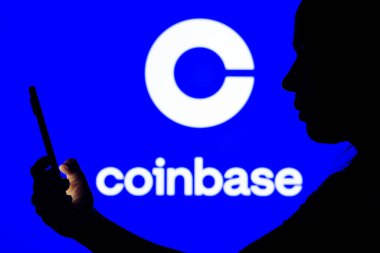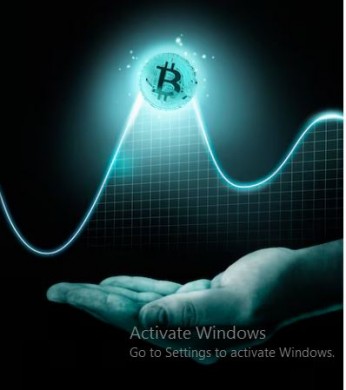Bitcoin halving is a critical event in the cryptocurrency ecosystem, directly affecting the incentives for miners. This process entails a planned reduction of the rewards given to miners for adding new blocks to the blockchain, which occurs every 210,000 blocks, or approximately every four years. The concept was designed by Satoshi Nakamoto to control inflation by halving the mining rewards, thus extending the mining process until the total cap of 21 million bitcoins is reached, expected around the year 2140.
Understanding the mechanics and implications of Bitcoin halving is essential for anyone involved in the digital currency space, not just miners. It’s akin to understanding the rules and potential rewards of engaging with an online casino. For instance, knowing how to securely log into platforms such as Stay casino login can enhance a user’s experience by providing safe access to various online gaming activities. This mirrors the importance of security and strategic planning in cryptocurrency investments.
How many halving has already taken place and when will the next one take place?
In the network of the first cryptocurrency, halving has been held three times: on 28 November 2012, 9 July 2016 and 11 May 2020. If at the beginning of bitcoin’s history, miners could earn 50 BTC for adding a new block to the blockchain, then after the first “halving” their remuneration was reduced to 25 BTC, after the second – to 12.5 BTC, the third – to 6.25 BTC.
The fourth bitcoin halving will reduce the reward per block to 3.125 BTC. It is expected in mid-April 2024 on block #840000. The fifth BTC halving is expected to occur in 2028 – after it, the reward per block will drop to 1.5625 BTC. After the sixth halving, expected in 2032, miners will receive less than a whole bitcoin per block for the first time in history.
Block finder rewards will decrease roughly every four years until 2140.
Why is halving necessary?
The main purpose of halving is to control the issuance of cryptocurrency and curb its inflation.
Even before the first halving took place in 2012, Ethereum creator Vitalik Buterin explained its necessity by comparing bitcoin to gold: “The world’s gold reserves are limited, and with each gram mined, it becomes harder and harder to obtain the remaining gold. As a result of this limited supply, gold has retained the value of an international medium of exchange and accumulation for over six thousand years, and it is hoped that bitcoin will do the same.”
How does halving affect mining and miners?
To ensure the stability of the network, Satoshi Nakamoto stipulated that when mining activity decreased, its difficulty would also decrease. If after halving, some miners find mining unprofitable and give up, and the hash rate of the network decreases, the difficulty of mining digital gold will also decrease.
This means that the intervals at which new blocks are added to the blockchain will remain the same, and the speed of transaction processing will not be affected by the departure of miners.
In addition, the profitability of bitcoin mining is also affected by the price and volume of transactions on the network: if these indicators are high enough, the negative effect of lower rewards will be weaker.
In addition, in 2023, the revenues of “miners” increased due to the popularity of Inscriptions, a method of recording data in the bitcoin blockchain. Glassnode analysts claim that up to 30 per cent of miners’ commission revenue in 2023 came from Inscriptions.
How does halving affect the bitcoin price?
The first two halvings in the bitcoin network were accompanied by increased volatility of the coin over the next 1-1.5 years: the price of the asset could rise from $11 to $1100 or from $230 to $20000 – and fall 5 times. The price peaked after the third halving at $69,000, showing an increase of more than 8 times from $8500. Experts are divided on the impact of the fourth halving on the price of digital gold. Some expect an increase, while others expect no significant change.
Industry veteran and Blockstream CEO Adam Back gave a forecast of $100,000 growth in the price of the first cryptocurrency until the halving of 2024. He also outlined a target range for the price of BTC from $750,000 to $1 million by 2026.
Arthur Hayes, the former CEO of crypto exchange BitMEX, also presented similar predictions. He stated that the price of BTC could reach $70,000 per BTC in 2024 and up to $1 million per coin in 2026. A new ATH, in the neighbourhood of $80,000 per BTC coin in 2024, is also predicted by analysts from Bitwise
Representatives of the CryptoQuant platform suggested that the price of BTC in 2024 could reach $160,000. According to them, the driving factors could be not only halving, but also the approval of a spot ETF in the US.
MicroStrategy founder Michael Saylor said that the catalyst for bitcoin price growth in 2024 will be not only halving, but also ETFs. According to him, the new instrument will cause a “demand shock” for digital gold, which will soon be followed by a “supply shock” from halving.
For their part, researchers at financial giant VanEck included a more restrained forecast in their analysis. The company said the time to halving would not lead to major deviations.
Could halving cause bitcoin’s “death spiral”?
The mining difficulty is recalculated every fortnight – every 2016 blocks. That’s why the crypto environment is wary of situations where a time gap is created between a hash rate drop and the next recalculation of mining difficulty, during which the bitcoin network could enter a so-called “death spiral.”
What it looks like: the complexity of mining remains high, the profitability of mining decreases – miners switch off their computing power, hash rate drops, transactions in the network slow down.
However, blockchain expert Andreas Antonopoulos believes that the bitcoin network is not threatened by the “death spiral”, as miners initially enter the cryptosphere with a long-term strategy and will continue to work while waiting for a new recalculation of the complexity of mining and restoration of the usual network operation.

 Hot Features
Hot Features













